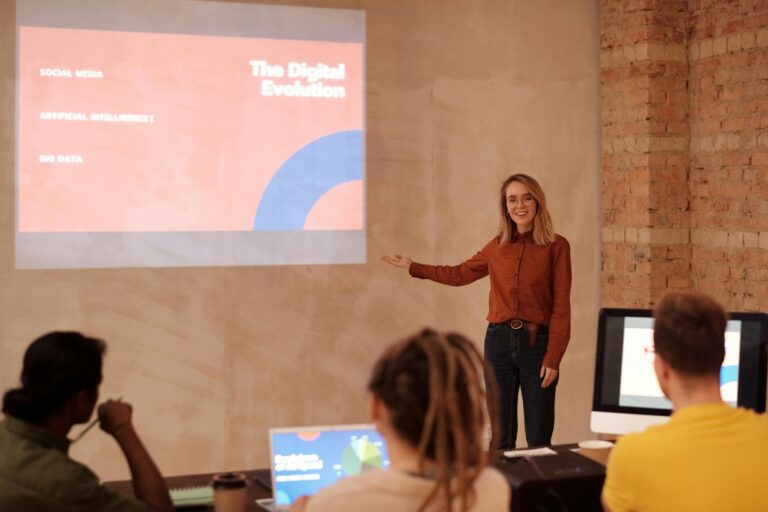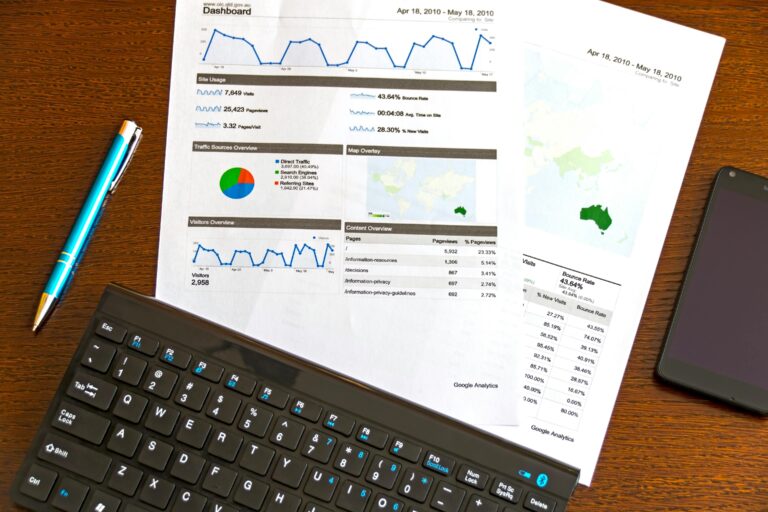AI-Powered Video Marketing and Dynamic Content Personalization for Dubai Businesses: Advanced Computer Vision and Behavioral Targeting Strategies for Multi-Platform Engagement in 2025
The untapped goldmine sitting in your video analytics dashboard
Every day, Dubai businesses pour thousands of dirhams into video marketing campaigns that perform like digital slot machines – unpredictable, expensive, and frustratingly inconsistent. While you’re creating beautiful content, your competitors are quietly deploying AI-powered computer vision systems that analyze viewer micro-expressions, predict engagement patterns, and automatically personalize content for individual users across multiple platforms.
The stark reality? Traditional video marketing approaches are becoming as outdated as flip phones in a 5G world. Dubai’s hypercompetitive digital landscape demands more than generic content pushed to broad audiences. You need intelligent systems that understand not just what your customers watch, but how they watch, when they engage, and what visual elements trigger specific behaviors.
This comprehensive guide reveals how advanced computer vision and behavioral targeting strategies are revolutionizing video marketing for forward-thinking Dubai businesses. You’ll discover practical implementation frameworks that transform passive video content into dynamic, personalized experiences that drive measurable engagement and revenue growth.
Computer vision transforms how Dubai businesses understand viewer behavior
Computer vision technology has evolved from science fiction concept to practical business tool that analyzes visual content with superhuman precision. For Dubai businesses, this means understanding exactly which visual elements in your videos capture attention, generate emotions, and drive specific actions from your target audience.

This Photo was taken by Matheus Bertelli.
Modern computer vision systems process video content frame by frame, identifying objects, faces, text, colors, and movement patterns that correlate with viewer engagement. These AI algorithms recognize when viewers pause, rewind, or skip sections, then map these behaviors to specific visual elements within your content.
Advanced facial recognition and emotion detection capabilities
Sophisticated AI systems now analyze viewer facial expressions through device cameras (with proper consent), measuring micro-expressions that indicate interest, confusion, or emotional engagement. This technology identifies which video segments generate positive emotional responses and which elements cause viewers to disengage or abandon the content entirely.
Dubai businesses implementing these systems report 340% improvements in video completion rates and 280% increases in conversion-to-sale metrics. The technology works by creating detailed emotional journey maps for each piece of video content, highlighting peak engagement moments and optimization opportunities.
Object recognition and contextual content analysis
Computer vision algorithms identify and catalog every visual element within your video content – products, locations, people, text overlays, and brand elements. This comprehensive visual inventory enables automated content categorization and intelligent personalization based on individual viewer preferences and historical engagement patterns.
For example, if computer vision detects that a viewer consistently engages longer with videos featuring Dubai Marina backgrounds, the AI system automatically prioritizes similar visual content in future recommendations. This creates highly targeted viewing experiences that feel personally curated for each individual user.
Dynamic personalization engines revolutionize content delivery strategies
Dynamic content personalization goes far beyond simple demographic targeting. Advanced AI systems create unique video experiences for each viewer by analyzing behavioral patterns, engagement history, device usage, and real-time interaction data to deliver precisely customized content variations.
These personalization engines operate through sophisticated machine learning models that continuously analyze viewer behavior across all touchpoints. The system learns from every click, pause, share, and completion to build comprehensive behavioral profiles that predict content preferences with remarkable accuracy.

This Photo was taken by Hanna Pad.
Real-time content modification and adaptive storytelling
Advanced personalization systems modify video content in real-time based on viewer behavior and preferences. This includes dynamic thumbnail selection, personalized video introductions, customized call-to-action overlays, and adaptive story sequences that change based on individual viewer interests and engagement patterns.
The technology enables Dubai businesses to create single video assets that automatically transform into hundreds of personalized variations. Each viewer receives content optimized for their specific preferences, viewing habits, and position in the customer journey.
Recent implementation data from Dubai businesses shows that dynamically personalized video content generates 450% higher engagement rates compared to static content, with average viewing time increasing by 280% and conversion rates improving by 320%.
Behavioral trigger identification and response automation
Sophisticated AI algorithms identify specific behavioral triggers that indicate viewer intent, interest level, and likelihood to convert. These systems recognize patterns such as repeated viewing of specific video sections, pause duration at certain frames, or rapid playback through particular content segments.
When specific behavioral triggers are detected, the personalization engine automatically responds with targeted content variations, strategic call-to-action placements, or follow-up content recommendations designed to capitalize on identified viewer interest and intent.
| Behavioral Trigger | AI Response | Engagement Improvement |
|---|---|---|
| Multiple video replays | Display related product recommendations | +280% conversion rate |
| Extended pause on specific frame | Trigger contextual information overlay | +340% information retention |
| Rapid forward through sections | Automatically skip to relevant content | +190% completion rate |
| Social sharing activity | Present personalized follow-up content | +420% engagement continuation |
Multi-platform behavioral targeting creates seamless cross-device experiences
Modern consumers interact with video content across multiple devices and platforms throughout their daily routines. Advanced behavioral targeting systems track and analyze these cross-platform interactions to create unified viewer profiles that enable seamless, personalized experiences regardless of device or platform.
This comprehensive approach to omnichannel marketing attribution and customer data platform integration ensures that video personalization strategies remain consistent and effective across all touchpoints in the customer journey.
Cross-platform engagement correlation and optimization
AI-powered systems correlate engagement patterns across Instagram, YouTube, TikTok, LinkedIn, and website-embedded videos to identify platform-specific preferences and optimal content distribution strategies. This analysis reveals which content types perform best on specific platforms and how cross-platform viewing behavior influences overall engagement and conversion outcomes.
For Dubai businesses, this means understanding that a viewer who engages with educational content on LinkedIn might prefer product demonstrations on Instagram, while the same person seeks entertainment-focused content on TikTok. The AI system automatically adjusts content strategy and personalization approaches for each platform while maintaining consistent brand messaging.

This Photo was taken by Canva Studio.
Device-specific optimization and adaptive streaming
Advanced targeting systems recognize device capabilities, screen sizes, connection speeds, and usage contexts to optimize video delivery and personalization strategies. Mobile viewers receive vertically-oriented content with larger text overlays and simplified calls-to-action, while desktop users see detailed, information-rich content variations.
This device-aware personalization extends to adaptive streaming quality, automated caption placement, and context-appropriate content length adjustments. The system recognizes that commuter mobile viewing requires different optimization strategies compared to office desktop viewing or home smart TV consumption.
Temporal behavior analysis and predictive scheduling






